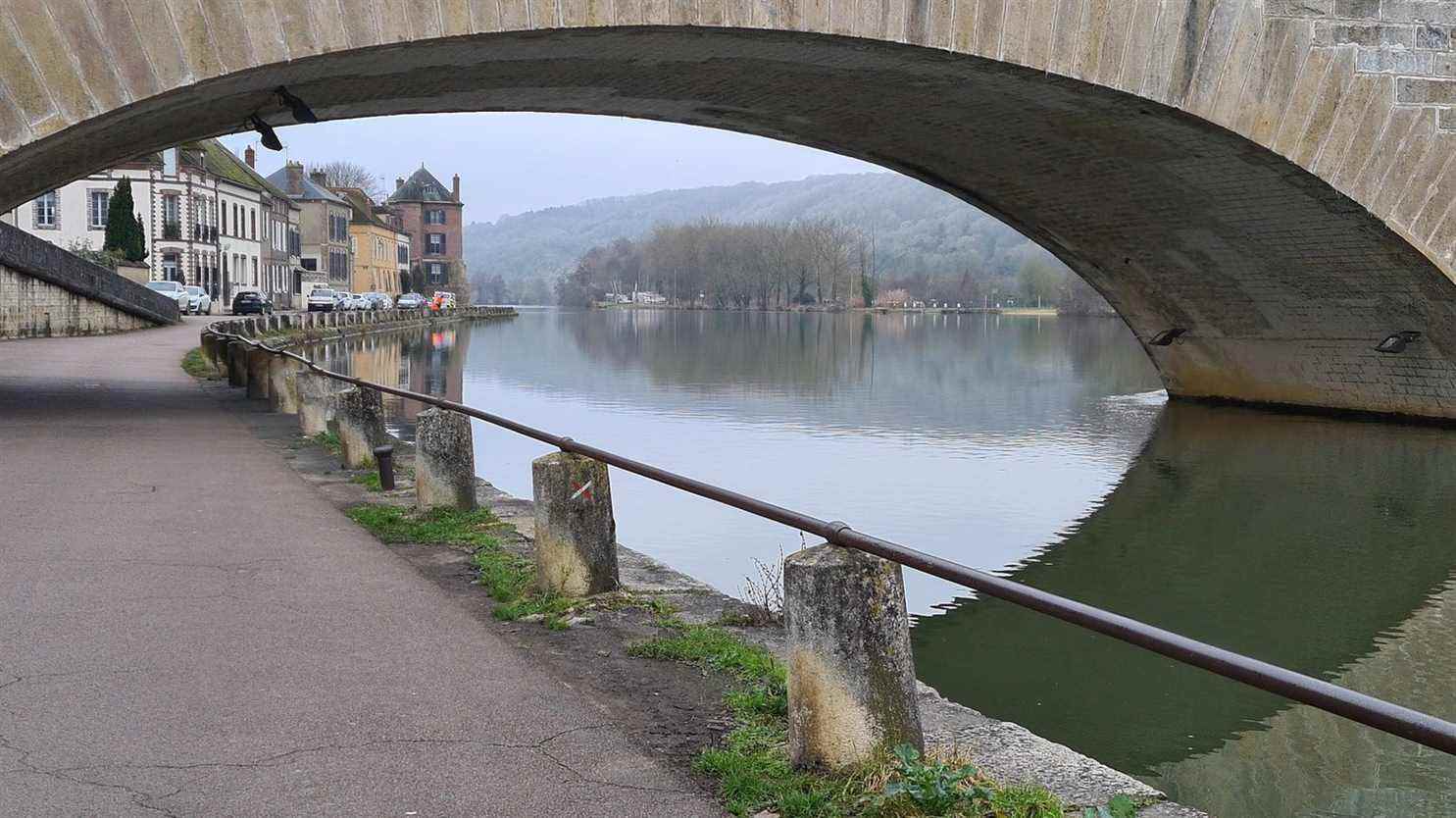Researchers’ findings concerning river pollution are worrying: traces of antibiotics, painkillers, antidepressants, antiallergics or beta-blockers (a drug to regulate the heart rate) are found in almost all world water. More than 1,000 samples were taken from rivers in 104 countries. As well around the big cities: Delhi, Seoul, New York as in African villages or lost in Amazonia. Other samples were taken in the mountains of Colorado, in Antarctica and of course in France. Of 258 rivers analyzed, only three are completely free of drug residues: two in Iceland and the third in an isolated village in Venezuela.
These drugs end up in the rivers first because after having swallowed them – to treat ourselves – we evacuate them in the waste water. This study also shows that the most contaminated sites are found in low-income countries, which do not have efficient treatment plants, particularly in South America, sub-Saharan Africa and South Asia. Moreover, in some poor countries, pollution sometimes comes directly from drug production sites.
In France, this drug pollution is in line with the average for European countries. But on a global scale, we did not expect to have so many traces of human medicines in the waterways, explains one of the authors Arnaud Chaumot, researcher at the National Research Institute for Agriculture, food and the environment, (Inrae). What is worrying is that there are very high levels of impregnation in places. A quarter of rivers reach a level of pollution considered dangerous for ecosystems.
These molecules remain chemically active in river water and therefore have repercussions on the growth, reproduction or mortality of fish, algae or crustaceans. There are also questions about the possible appearance of bacteria resistant to antibiotics, in connection with this diffusion of these drug residues in the rivers.
The urgency is to act at the source. The researchers believe that we should optimize our consumption of drugs, reduce it to what is strictly necessary to limit waste and expired drugs. There is also a possibility of acting by developing or improving the network of treatment plants. These are big investments but Switzerland is a model country on this point.
